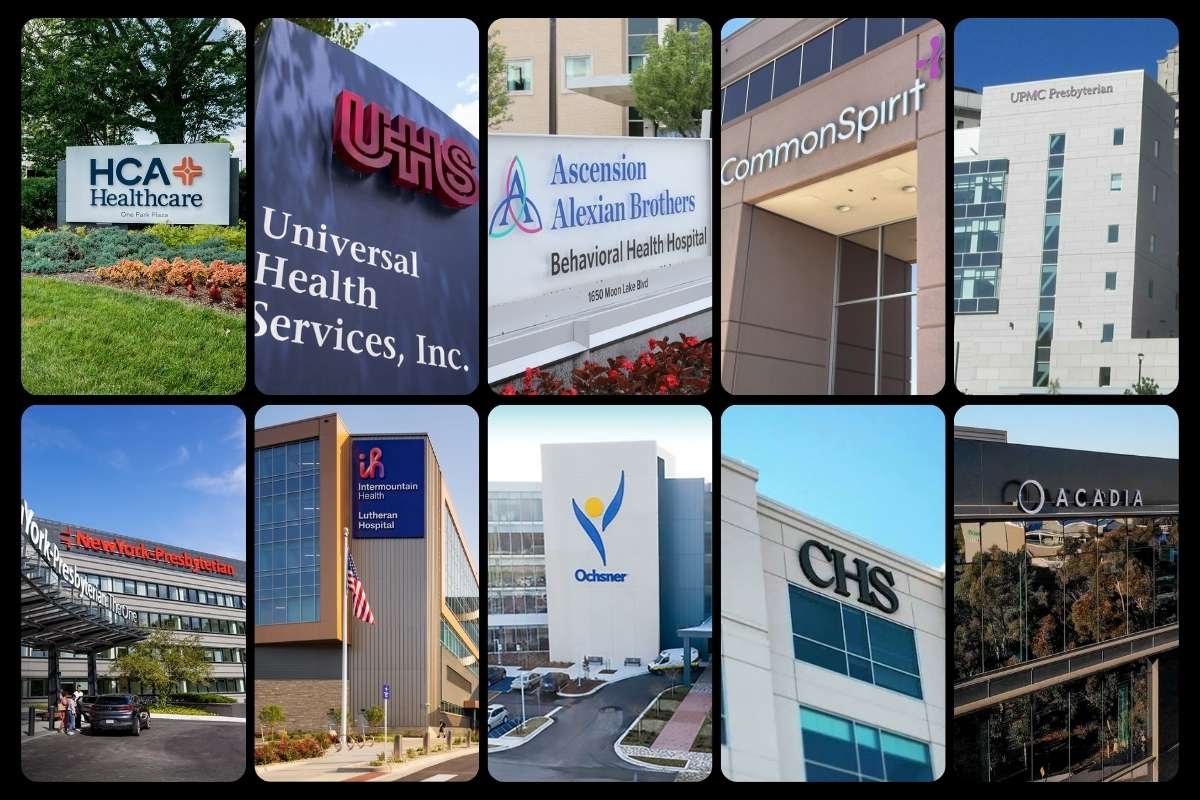Contrary to their reputation as havens of healing, hospitals are home to invisible dangers known as germs that pose harm to patients and healthcare professionals alike. Hospital germ exposure has a wide range of risks, including the potential for infections, worse patient outcomes, and difficulties in preserving a secure medical environment. We examine the many aspects of hospital germ exposure in this thorough analysis, providing insight into the possible outcomes and risk-reduction tactics.
Understanding the Microbial Landscape:
Hospitals are bustling ecosystems where patients, healthcare professionals, and various medical interventions converge. Amid this activity, microorganisms find ample opportunities to thrive and spread. Bacteria, viruses, fungi, and other pathogens lurk on surfaces, medical equipment, and even in the air. The constant influx of sick individuals and the invasive nature of medical procedures create an environment ripe for germ transmission.
Nosocomial Infections: A Silent Menace:

Nosocomial infections, commonly known as healthcare-associated infections (HAIs), pose a significant threat within the hospital setting. These infections, acquired during the course of medical care, can lead to prolonged hospital stays, increased healthcare costs, and, in severe cases, mortality. The dangers are compounded for patients with weakened immune systems, such as those undergoing surgery or receiving immunosuppressive treatments.
Common Culprits: High-Touch Surfaces and Medical Equipment:
Germ transmission often occurs through contact with contaminated surfaces and medical equipment. High-touch surfaces, including doorknobs, bed rails, and light switches, become reservoirs for pathogens. Similarly, inadequately sanitized medical equipment can serve as a vector for infections. The challenge lies not only in identifying these high-risk areas but also in implementing rigorous cleaning protocols to curb germ proliferation.
Airborne Threats: The Unseen Peril:
While many germs spread through direct contact, some pose a threat through airborne transmission. Respiratory viruses, like influenza and the common cold, can linger in the air, putting both patients and healthcare workers at risk. Inadequate ventilation systems and crowded waiting areas contribute to the ease of airborne germ transmission within healthcare facilities.
The Impact on Vulnerable Populations:
Certain patient populations are more susceptible to the dangers of germ exposure. Neonates in the neonatal intensive care unit (NICU), elderly patients, and those with compromised immune systems are particularly at risk. Infections acquired in hospitals can lead to severe complications for these vulnerable individuals, making it imperative to prioritize infection prevention measures.
Healthcare Workers on the Frontline:
Frontline healthcare workers, while dedicated to patient care, face heightened exposure to germs. The nature of their work involves close contact with patients, handling medical equipment, and navigating through high-traffic areas. In addition to the risk of contracting infections themselves, healthcare workers can inadvertently become carriers, transmitting germs from one patient to another.
The Role of Hand Hygiene in Infection Prevention:

Hand hygiene stands as the cornerstone of infection prevention in hospitals. Proper handwashing techniques, along with the use of hand sanitizers, significantly reduce the risk of germ transmission. However, adherence to hand hygiene protocols remains a challenge, highlighting the need for continuous education and monitoring to engrain these practices into the healthcare culture.
Personal Protective Equipment (PPE): A Shield Against Infections:
Personal protective equipment, including gloves, masks, and gowns, acts as a crucial line of defense against germ exposure. Proper utilization of PPE not only protects healthcare workers but also prevents the spread of infections within the hospital environment. Challenges arise in ensuring consistent and appropriate use, necessitating ongoing training and reinforcement.
Environmental Cleaning: Keeping Germs at Bay:
The cleanliness of the hospital environment plays a pivotal role in preventing germ transmission. Routine and thorough cleaning of surfaces, medical equipment, and shared spaces is imperative. Emerging technologies, such as ultraviolet (UV) light disinfection systems, show promise in enhancing environmental cleaning efforts and reducing the risk of infections.
The Role of Antimicrobial Stewardship:
Antimicrobial stewardship programs are instrumental in combating the dangers of germ exposure, particularly the rise of antibiotic-resistant bacteria. These programs focus on optimizing the use of antimicrobial agents, reducing unnecessary prescriptions, and curbing the development of drug-resistant pathogens within healthcare settings.
The Urgency of Vaccination:
Vaccination stands as a powerful tool in preventing the spread of infectious diseases within hospitals. Immunizing healthcare workers, patients, and visitors against vaccine-preventable diseases contributes to the overall safety of the healthcare environment. Encouraging and facilitating vaccination initiatives is crucial in mitigating the dangers of germ exposure.
Challenges in Compliance and Cultural Shifts:
Despite the known dangers, achieving full compliance with infection prevention measures poses challenges. Busy healthcare settings, staff shortages, and the demanding nature of patient care can create barriers to consistent adherence. Furthermore, fostering a cultural shift towards prioritizing infection prevention requires ongoing education, leadership commitment, and a collective effort from all stakeholders.
The Imperative of Surveillance and Outbreak Response:

Surveillance systems play a vital role in monitoring and responding to infectious threats within hospitals. Early detection of outbreaks allows for prompt intervention, preventing the further spread of germs. Advanced data analytics and artificial intelligence are emerging as valuable tools in enhancing surveillance capabilities and predicting potential infection hotspots.
Conclusion:
The risks associated with hospital germ exposure highlight the difficult tasks that healthcare systems must complete to guarantee patient safety. A holistic strategy is needed to address these risks, one that prioritizes patient and worker well-being and includes strict infection prevention practices, ongoing education, technological advancements, and cultural change. Hospitals face many obstacles, but their ultimate objective is to provide a healing environment that reduces the dangers of infection and guarantees the health of everyone in their care.
Also Read: How to Keep Dangerous Foodborne Germs Away From Your Potluck Meals







